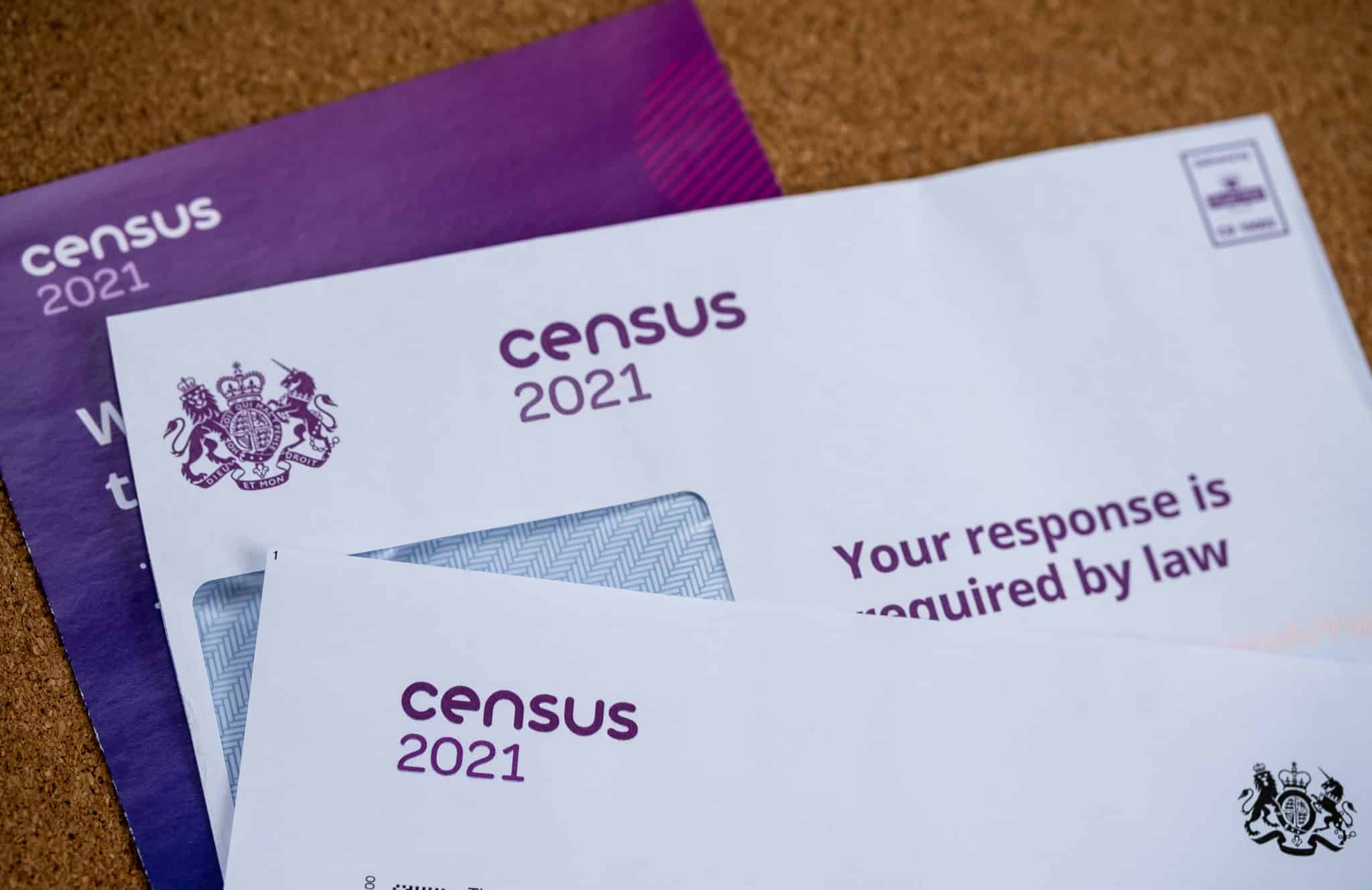THE population of Tunbridge Wells is getting older with nearly one in five of residents now over 65, statistics from the latest census shows.
Figures released by the Office of National Statistics (ONS) last week based on census data collected in March last year, reveals the median age of those living in Tunbridge Wells has risen by three years to 43 up from 40 in the previous census of 2011.
The average age of people in the UK is 40.
Around one in six people in Tunbridge Wells was also not born in England, the ONS has reported, with 15.9 per cent of the population of the borough born outside the country, an increase of 3.4 per from 2011.
The most common locations outside England where Tunbridge Wells residents were born include Scotland (1.2 per cent), India (1 per cent), Poland (0.9 per cent), South Africa (0.9 per cent), Wales (0.7 per cent), Romania (0.7 per cent) Ireland (0.5 per cent) and USA (0.4 per cent).
The latest census information comes after the ONS released data earlier this year that showed that the population of Tunbridge Wells grew by only 0.2 per cent in the last decade, up just 252 people to 115,300 – the lowest increase in population size in Kent and among the lowest in the UK.
Tunbridge Wells also has the lowest percentage of young adults in Kent, with only two per cent of the population aged between 19 and 21 years old.
Now the ONS has revealed that the average age of residents in the borough is getting older.
While the largest demographic group in Tunbridge Wells is aged 16 to 64 and makes up 62 per cent of the population (71,500 people), nearly one in five (19.4 per cent) of residents are now over the age of 65 (22,400), up from 19,075 in 2011.
Those under 16 make up 18.6 per cent (21,400) of the population of the borough, down from 23,566 in 2011.
Out of 12 major districts in the county, Tunbridge Wells is the fifth-oldest in terms of median age, with Folkstone and Hythe (47), Dover (46), Thanet (45) and Sevenoaks (44) all higher.
The census, taken every decade, is a crucial tool used by local authorities such as Tunbridge Wells Borough Council (TWBC) and Kent County Council (KCC), along with the NHS, police and other organisations to plan services for the area, such as how many houses need to be built or how many school places need to be allocated.
Census Deputy Director, Jon Wroth-Smith said: “The census paints a picture of how the make-up of the population has changed in the past decade. That decade, of course, saw us leave the EU as well as live with the pandemic.
“While these events may have had an impact on people’s decisions or ability to migrate or travel at a given time, the census tells us about the change over the whole decade – who was living here in March 2021, compared with March 2011.”
More data will be released by the ONS from the census over the next year, including occupational data and religion.








